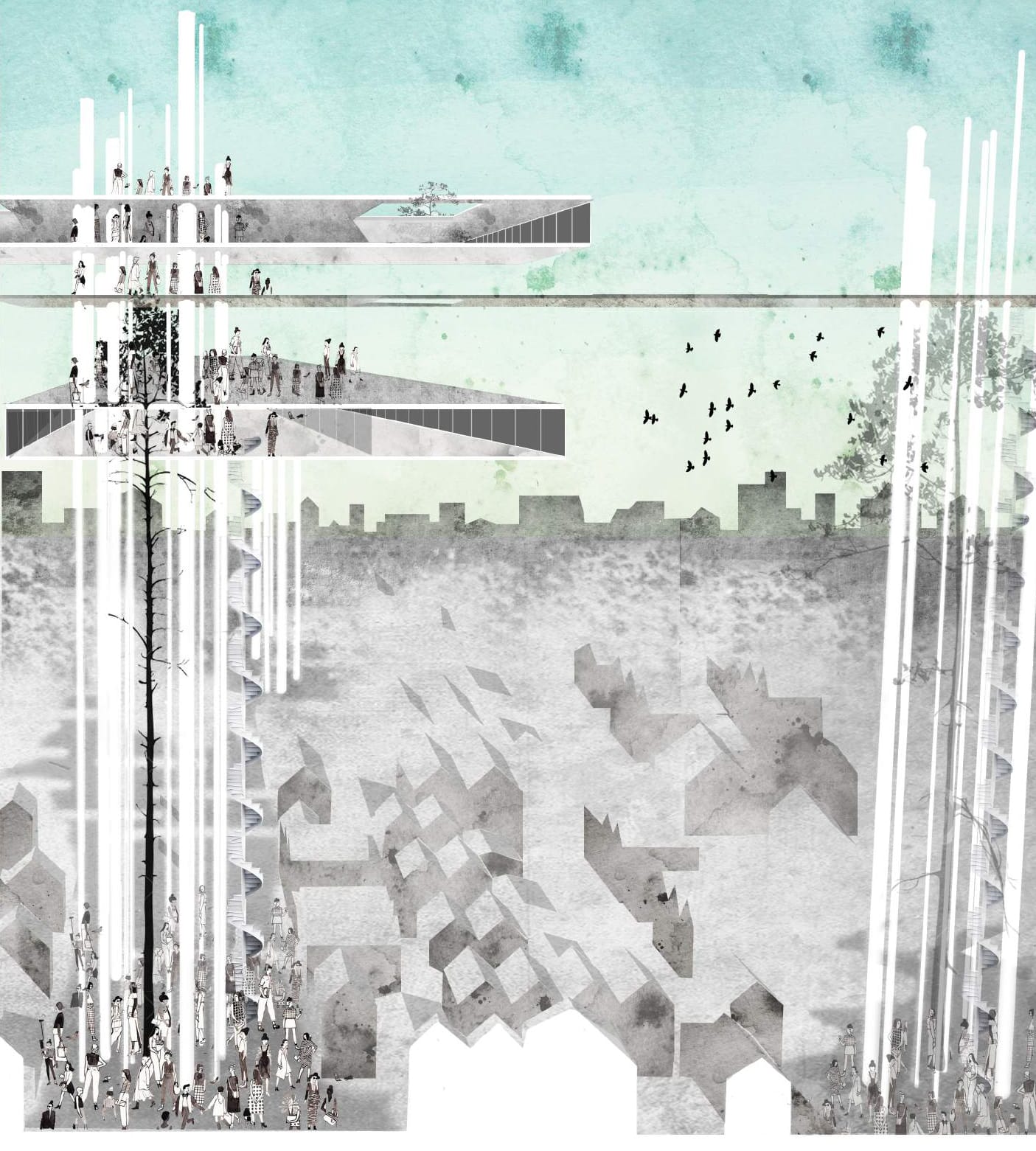The treehouse concept
Contemplation about the treehouse concept often evokes emotional and poetic sentiments. Traditionally associated with recreational or safety purposes, treehouses were typically situated in serene and lush forest landscapes. However, it is intriguing to think and explore an abstract imaginative scenario of implementing the treehouse as a concept within an existing already built urban contexts.
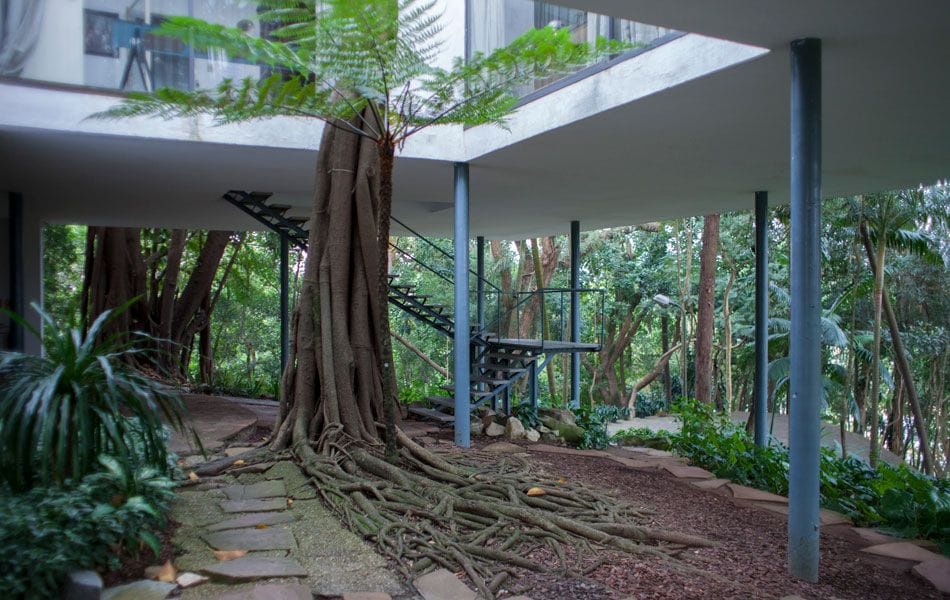
These contemporary structures, let's define them as 'modern treehouse', possess positive attributes that can enhance their surroundings, offering generous public open spaces beneath them and establishing a unique connection of its users with nature. As a result, they seamlessly blend with their environment, merging man-made with natural elements. It is worth noting the city of ‘Baucis’ described by I. Calvino in his book ‘Invisible Cities’.
Baucis stands tall on flamingo legs, completely detached from the ground floor and the earth, exemplifying architectural innovation.
Presently, we are confronted with different challenges that come from an overbuilt realm, where horizontal expansion alone cannot resolve our future densification needs due to space limitations. Conversely, constructing vertically creates compact, enclosed dwellings that are somewhat detached from the vibrant life of the public ground floor. In this context, the ‘modern tree house’ concept can be applied in a Utopian future when it comes to cities urban planning to become a generator of new spaces, in-between spaces what Aldo van Eyck defines ‘the realm of the in-between’. These in-between spaces represent the thresholds between public and private, somehow bridging the gap between them.
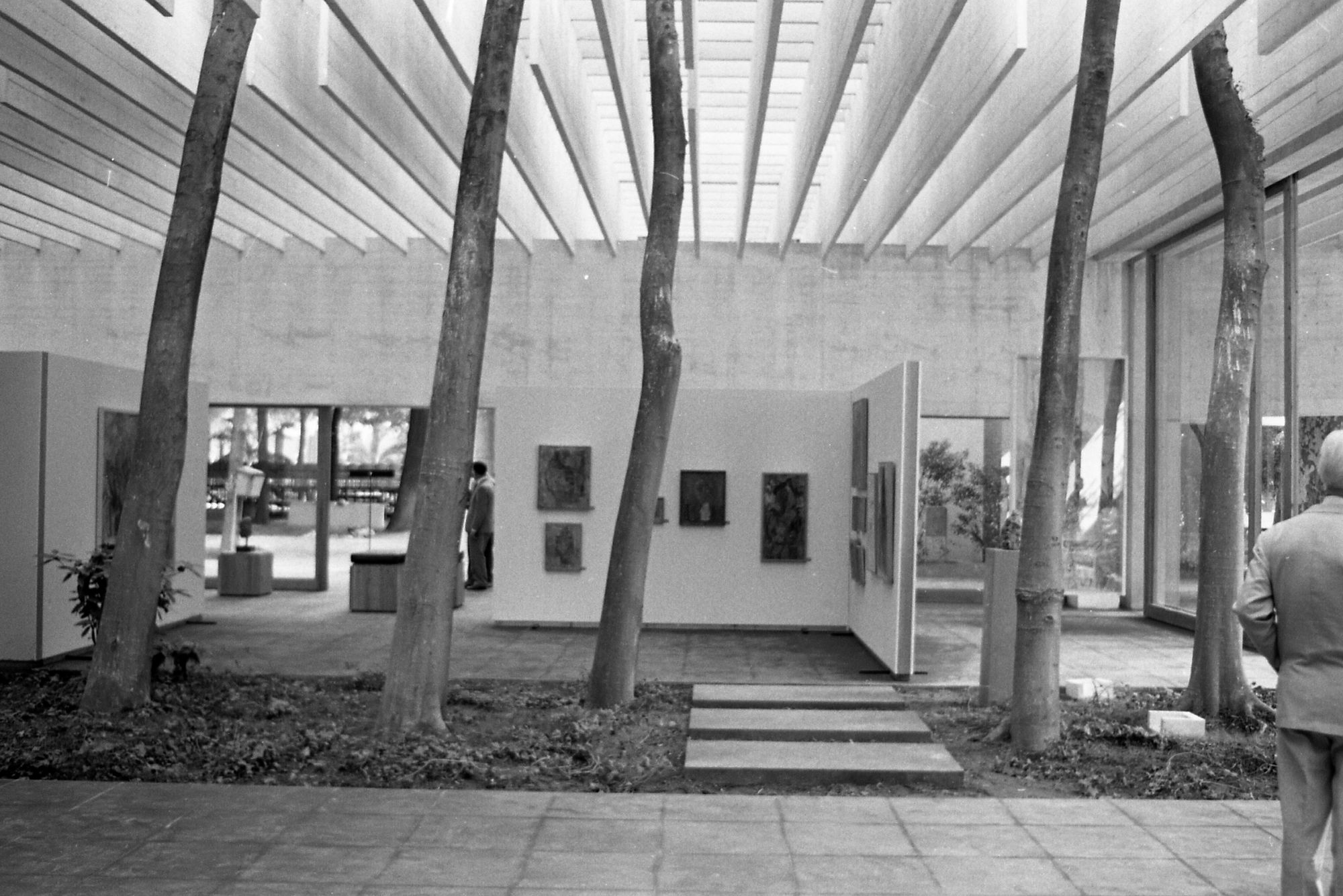

This thresholds can be harmonious, transformative spaces that can materialize and take different forms from tranquil green oases, miniature forests, and many other possible thoroughly designed spaces. The crucial aspect of their necessity, lies in their ability to facilitate human encounters and interactions among people. As the philosopher Martin Buber eloquently states,
‘Beyond the subjective, on this side of the objective, on the sharp edge where I and you meet, lies the realm of the between’.
The ‘realm of the between ‘ has not received specific attention, because it does not exhibit a simple continuity, but rather reconstitutes itself in accordance with human encounters’.
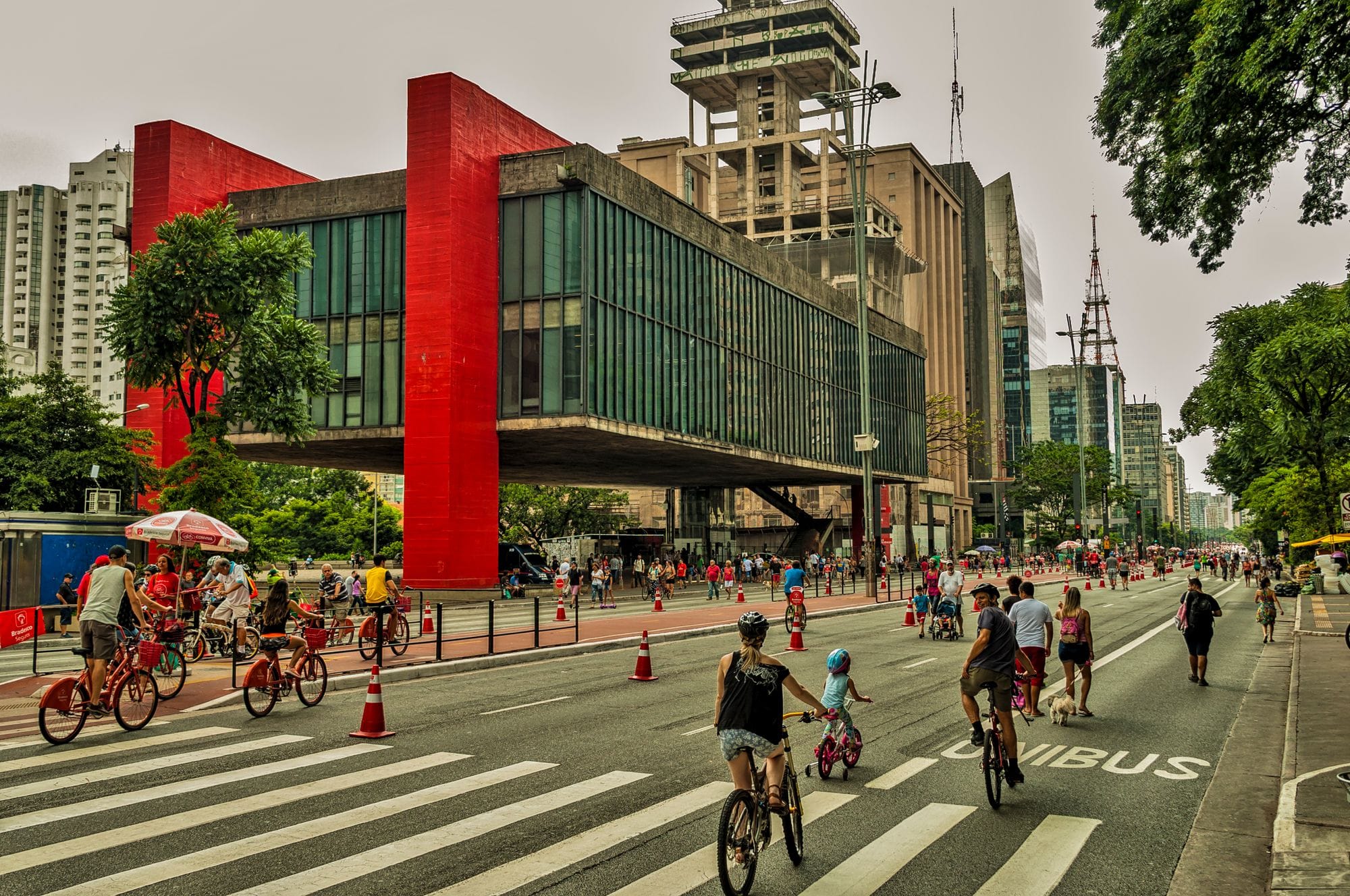
However, recognizing its significance can lead to the creation of dynamic spaces that can foster meaningful connections and experiences within our highly urbanized but still isolated cities.
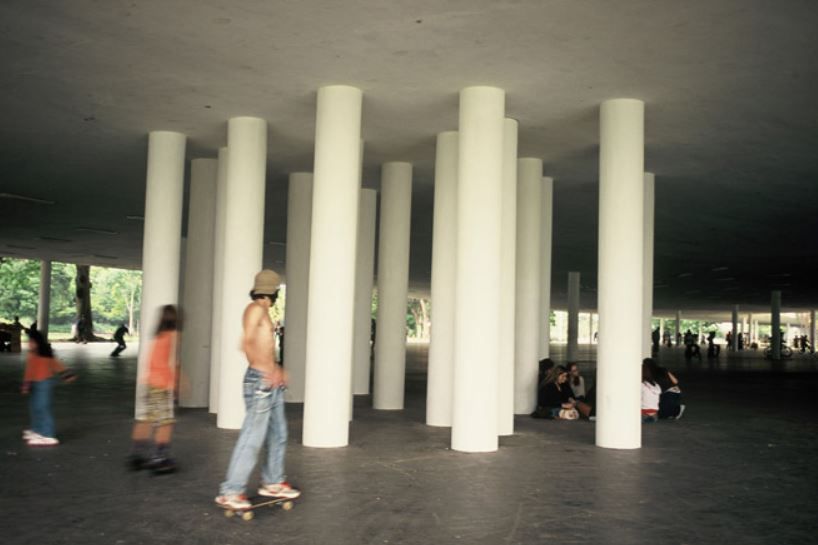
Notes
*The above referenced images represent some variations on the tree-house concept through implemented projects.



